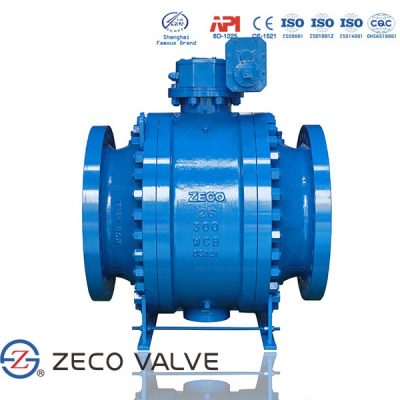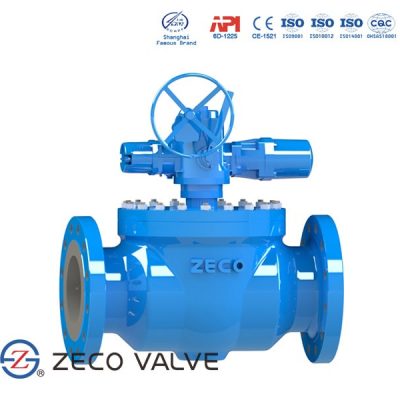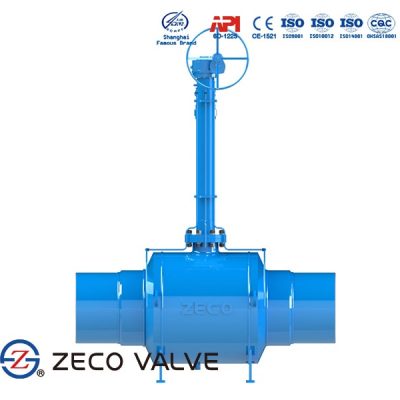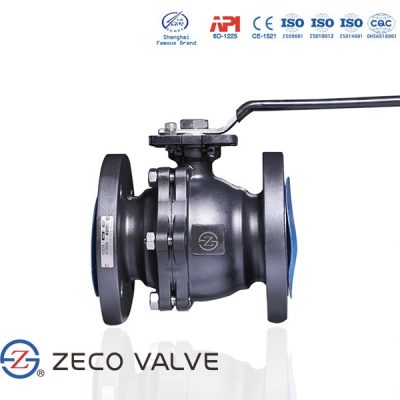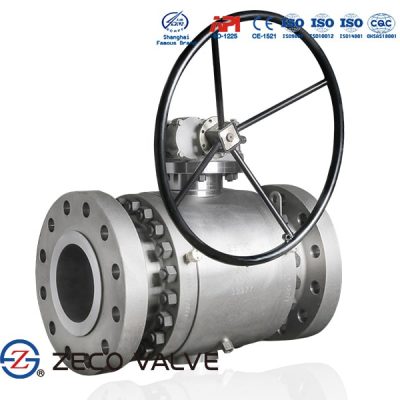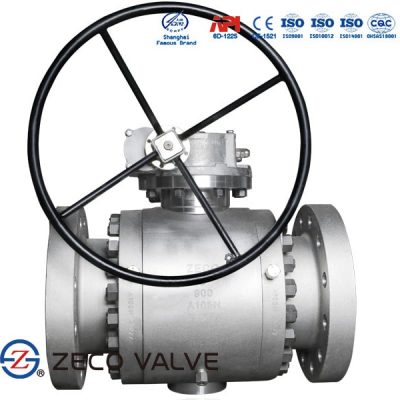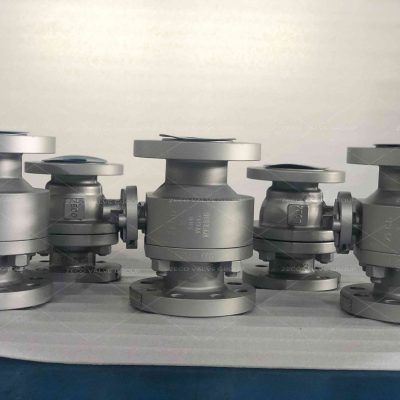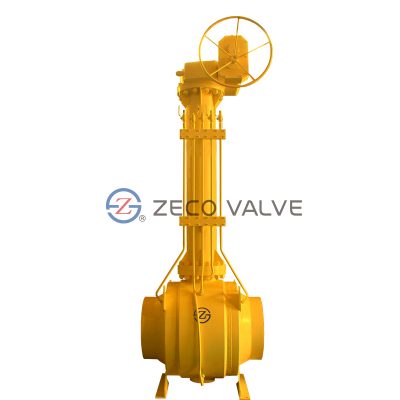Ball valves are tough, durable, and reliable. They close securely even after long periods of not being used. These qualities make them an excellent choice for shutoff and control applications. Ball valves are unable to provide fine flow control or throttling. Gate, globe, or needle valves are more appropriate for these situations.
What is Full Port Ball Valve?
The straight flow path of a full port ball valve provides little to no resistance to the flow of liquid or gas and thus creates very minimal pressure drop when fully open.
This ensures that the valve does not reduce the flow rate and reduces the chance of cavitation, which is the formation of air bubbles caused by liquid pressure drop. Frequent or intense cavitation can erode or cause damage to a piping system over time.
That being said, when taking the entire application piping system into consideration, it is rare for the ball valve to be the bottleneck when it comes to flow rate. We will cover this in more detail later.
- Has a straight flow path
- Offers little or no resistance to flow
- The flow path through the valve does not become narrower on the inside.
The inner diameter of the pipe coming into a full bore valve is the same diameter as the flow path through the valve body and out through the other side of the valve. Most full bore valves are two-way, quarter-turn ball valves.
What are Valve Ports?
The ports of a valve are generally understood to be the connections that carry the flow of the liquid or gas into the valve and away from it.
What is Valve Bore Size?
Valve bore size is the size of the hole through the ball, the working part of a ball valve. The difference between a standard and a full-bore ball valve is directly related to the size of the ball and its bore. Full port bore sizes are the same as the inner diameters of both the valve ports and the pipe used. The standard port bore size is about the same as the next smaller pipe size.
When to Use Full Port Ball Valves
Full port ball valves will work in the same situations as standard ports but offer the added benefit of reducing pressure drop. This is especially important to note for applications in which maintaining flow rate is critical, and where the piping the media will travel through is relatively short with minimal changes in direction
Because they offer the least resistance to flow, full port ball valves are recommended for systems in which both solids and liquids flow through the valves. The open design reduces the possibility of build-up inside and around the valve connection, which can affect the overall performance of the valve over time.
Reduced Port Ball Valve vs Full Port Ball Valves
Sometimes called “full bore,” a full port ball valve is a special valve design that allows for unrestricted flow when the valve is opened.
Full port valves have larger bodies than standard valves. This larger body houses a larger ball and a larger opening inside. Full port valves have openings the same size as the surrounding pipe. For example, a 2” full port ball valve will be compatible with a 2” pipeline and it will have a 2” valve opening inside the ball. This is great for applications that require very little to no flow loss. When a full port valve is in the “on” or open position, it’s like there is no valve there at all. Flow is unrestricted.
In addition to full port valves, there is also what is called a “reduced port” ball valve. As you may imagine, this means that the opening in the ball is smaller than full port valves. Actually, it is precisely one pipe size smaller. For instance, a 3/4” reduced port valve has a 1/2” pipe size ball opening. This smaller opening causes an increase in velocity.
Generally, full port ball valves are more expensive than standard or reduced port valves. Depending on the application, one or the other may be beneficial. When it comes to ball valves, though, all serve the same purpose – to provide an on/off or open/closed function in the pipeline.

